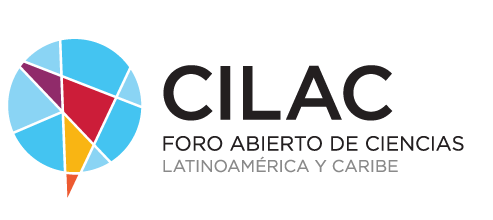A solar eclipse will occur on October 14 and, if you are in the right place, you will be able to enjoy one of the most impressive astronomical events. A solar eclipse occurs when the Moon is between the Sun and the Earth and, depending on the percentage of the solar disk it covers, it can be partial, annular or total. On October 14 we will experience an annular or partial eclipse, depending on our location. We give you three keys so you don't miss it: Standard Related News No Nishimura, the 'green comet', is approaching Earth, how can we see it? David Covarrubias (Astroaficionado) The object makes its closest approach to our planet this Wednesday, but taking a look at it is not going to be so easy. Where can you see the eclipse from? Next month's solar eclipse will not be visible from all locations, so it is essential to find out what the phenomenon will look like in your area or consider moving to a better location. The best places to enjoy it are, among others, the United States, Honduras, Nicaragua, Brazil and Colombia, where you can observe an annular eclipse and contemplate what is known as the 'ring of fire'. During annular eclipses, the Moon is positioned between the Sun and the Earth, but does not completely cover it, leaving only a circle of light visible. Eclipse visibility strip National Geographic Institute People who are not in the 'annularity strip' will be able to enjoy a partial eclipse, that is, our natural satellite will only cover a part of the Sun. This is the case of a large percentage of the American continent , Cape Verde and the westernmost tip of Africa. In Spain, the only lucky ones will be those who are in the Canary Islands. In addition, they will have to be attentive because it will be appreciated for a very short time, since the Sun will set minutes after the start. What time? The total duration of the eclipse will be more than five hours. However, the ring of fire will only be visible for approximately 5 minutes. All phases are spectacular, but it is essential to know the eclipse times in your location in advance so as not to miss anything. In the Canary Islands, the eclipse will begin at 7:25 p.m. but the Sun will set at 7:37 p.m. so you can only enjoy the phenomenon for 12 minutes. How to see the eclipse? When observing the Sun we always insist a lot on its dangers and the need to use appropriate filters. It is very important to emphasize that you should never look at a solar eclipse directly or using non-approved or homemade 'filters' such as x-rays, sunglasses, binoculars or standard telescopes. There are several easy and safe methods to observe the Sun: Use ISO 12312-2 certified glasses or filters for solar observation. Even so, we recommend carrying out observations over short periods of time. Another option is to use the projection method, a cheap and safe mechanism. It consists of directing an optical instrument and projecting the image onto the cardboard. In this way, we will observe the eclipse through the projection. Finally, if you want to observe the Sun with specialized equipment and with the help of professionals, you can always contact an astronomy company and enjoy the sun through the solar telescope. MORE INFORMATION news No NASA finds "dark dust" when opening the 'box' left by Osiris-Rex with samples from the asteroid Bennu news Yes Closer to knowing if there is life: they finally find a source of carbon on the moon Europa Solar observation with Alejandro Pertuz telescope Every year a minimum of four eclipses occur, but not all of them are visible from our location. So, if you're in a good area, don't miss your chance to see this magical event! ABOUT THE AUTHOR Astroaficio Discover the sky in an easy and fun way with AstroAfición. Courses, observations, children's activities, astronomical trips and much more! All the information at www.astroaficio.com
